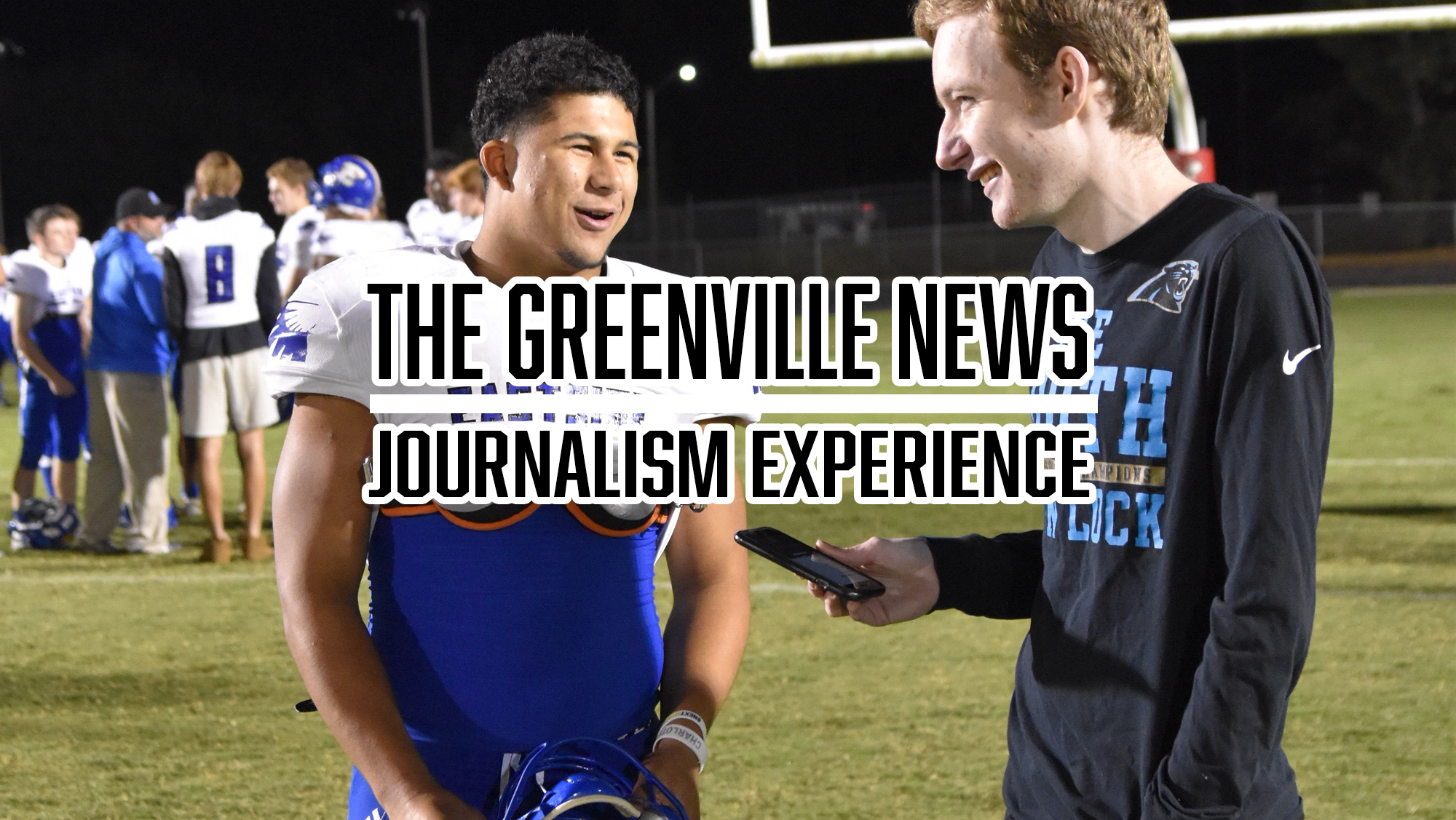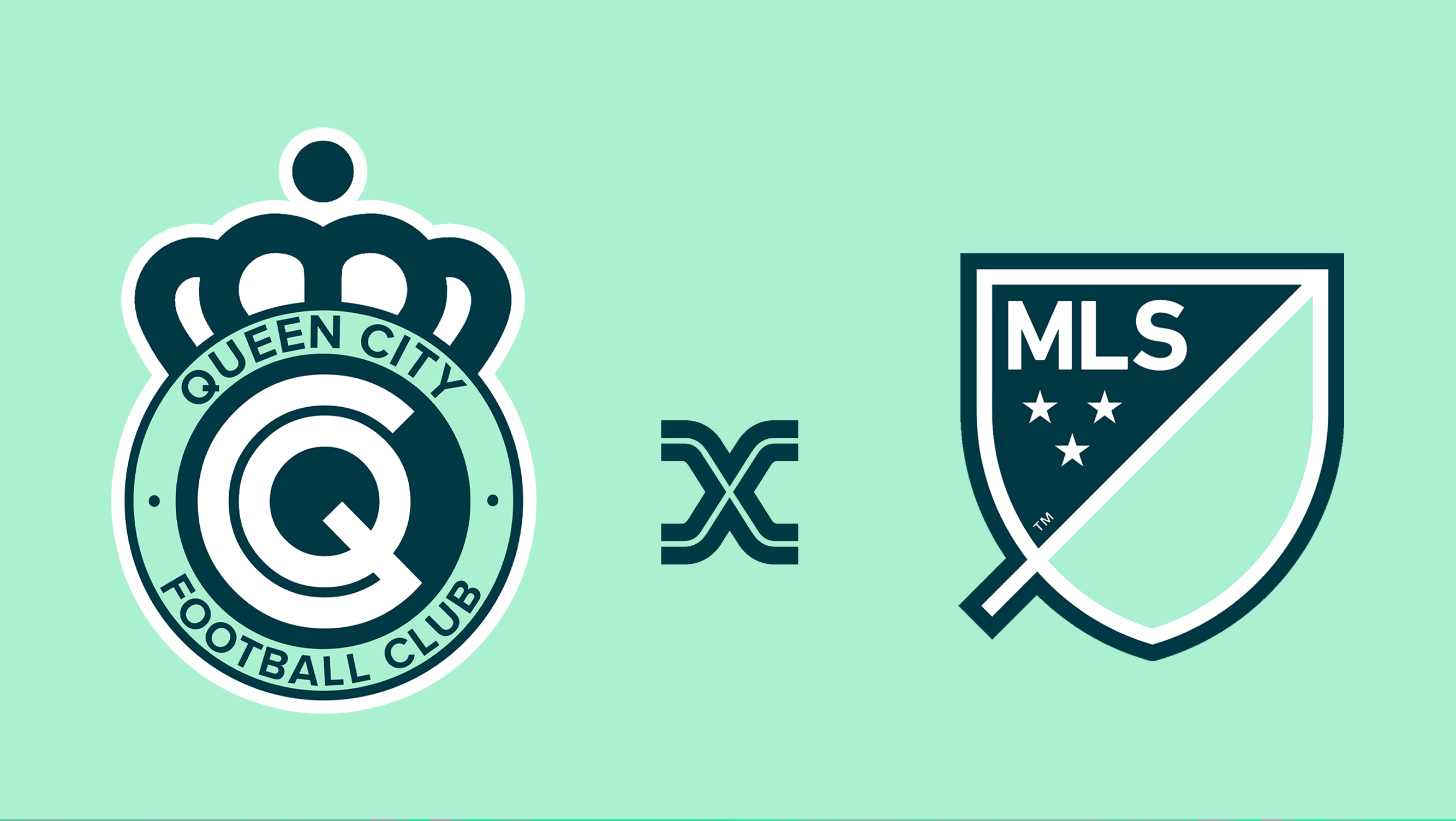When MLS launched, it was dead set on not being like other soccer leagues. It wouldn’t be anything like that “weak European game” that featured more flops than shots. The clock wouldn’t count up to 45 minutes. Instead, it would be a countdown clock- unheard of in world soccer. Teams were named like other professional franchises instead of generic “FC” and “United” monikers. Ties were outlawed, with shootouts taking their place. Even the shootouts were Americanized, with a running start permitted for both players and the ball being placed 35 yards away from the goal instead of 12. Being different- being American, was always the point.
Club soccer didn’t become popular in England, and the rest of Europe, because of the skill of its players. It wasn’t the amazing goals or the spectacular saves in the beginning- it was a bunch of friends joining together to play a sport in the winter months who eventually became the pride of the cities and neighborhoods they resided in. No one would care about Wolverhampton, Tottenham, or Norwich if it wasn’t for their club teams. Clubs that have been relegated to lower divisions and battle financial stability like Sunderland still sell-out their games regularly, all because they’ve become an irreplaceable fixture in their community. It’s not about the game. The people that watch it propelled soccer to become the most-beloved sport on Earth.
MLS has infinitely more talent than the first English teams had back in the 1880s, so why isn’t it similarly popular? It’s the 5th largest American sports league, trailing behind every member of the “big four”.
One major misstep is their marketing efforts. MLS has targeted a sense of national pride through campaigns such as “Our Soccer” across the past 20 years, but that space is already dominated by the NFL and MLB. To some, there's nothing “less American” than soccer, and the idea of “American Pride” doesn’t exactly apply to things that are inferior to several other countries' leagues.
Converting that national zeal into local fandom has always been the goal of MLS. They have long thought that partnering with the USMNT would give them a similar prestige to the national team, but it never happened. No one wants to watch teams they haven’t heard of kick a ball around in a city that they don’t live in.
Put another way, they aren’t a part of that community.
So how do they gain popularity in a country that simply doesn’t care about the sport?
By using lessons from how the game grew in Europe in a way that only America could offer.
With teams in every region of America and multiple cities in Canada, MLS’ target markets have an unprecedented amount of diversity, both geographically and demographically, in the game of soccer.
By tapping into what makes those communities unique, MLS can extend into a new crowd- away from simply being a sport, and turning into a diverse community-based social event.
It’s not about being “America’s soccer.” It’s about the pride of Atlanta, of Austin, of St. Louis. It’s about the people that you’re surrounded by in the stands, not the ball on the field... Just like the British learned 150 years ago.












